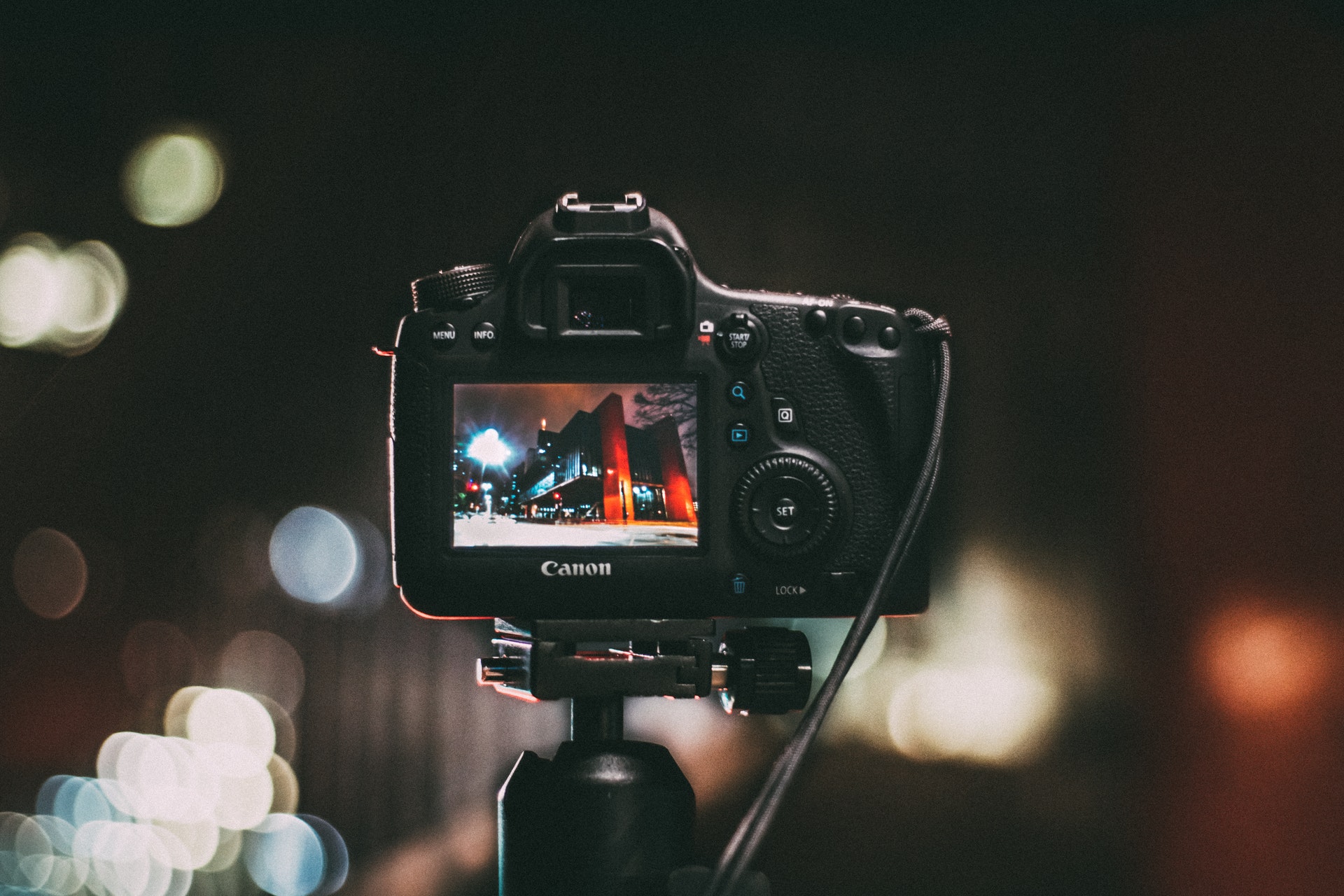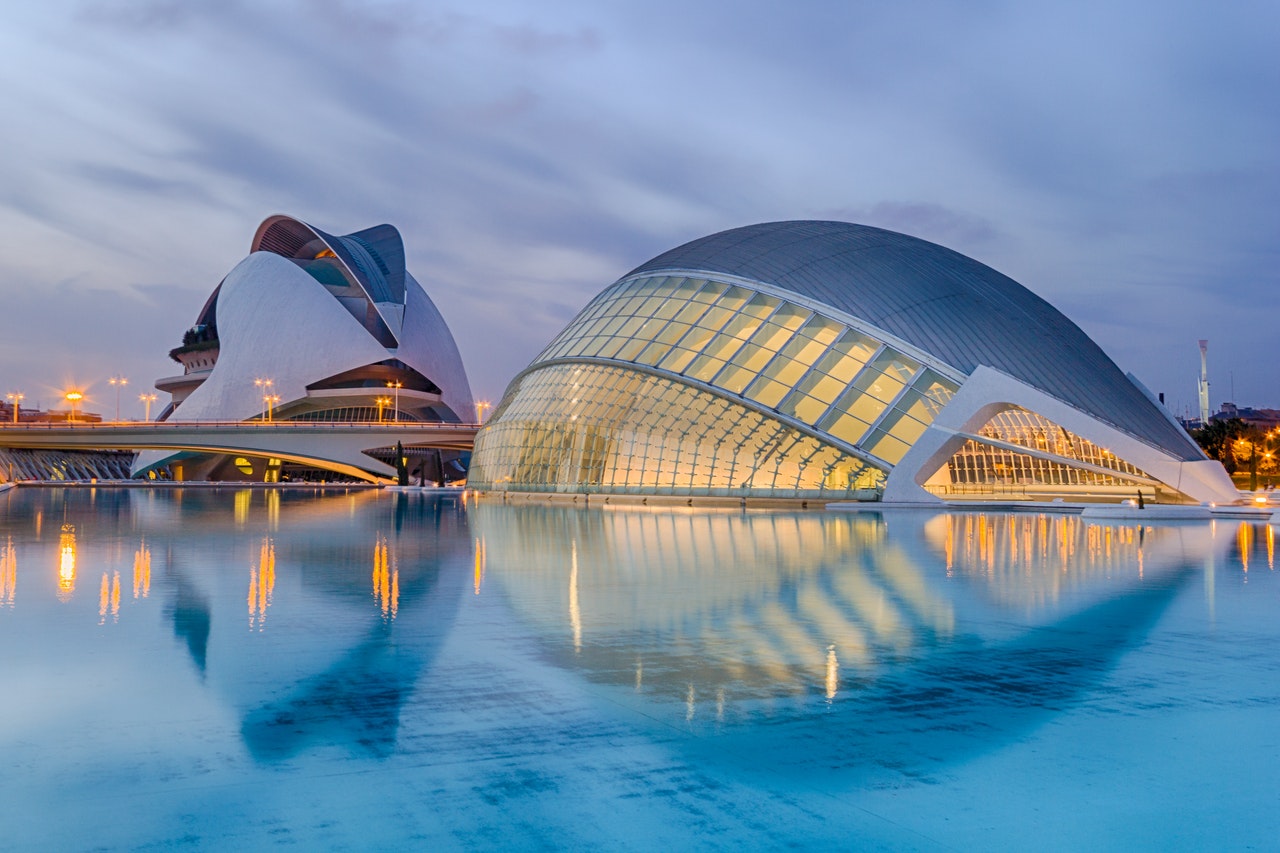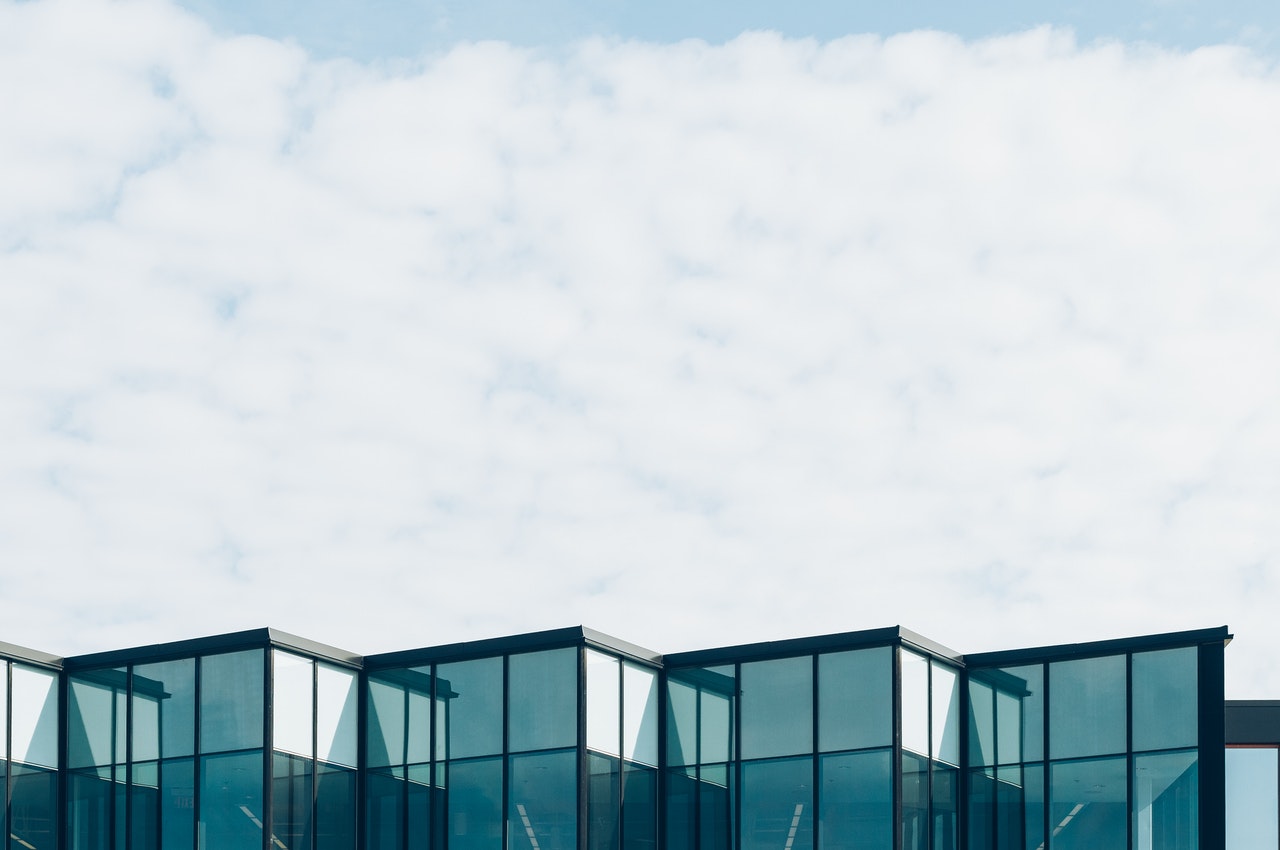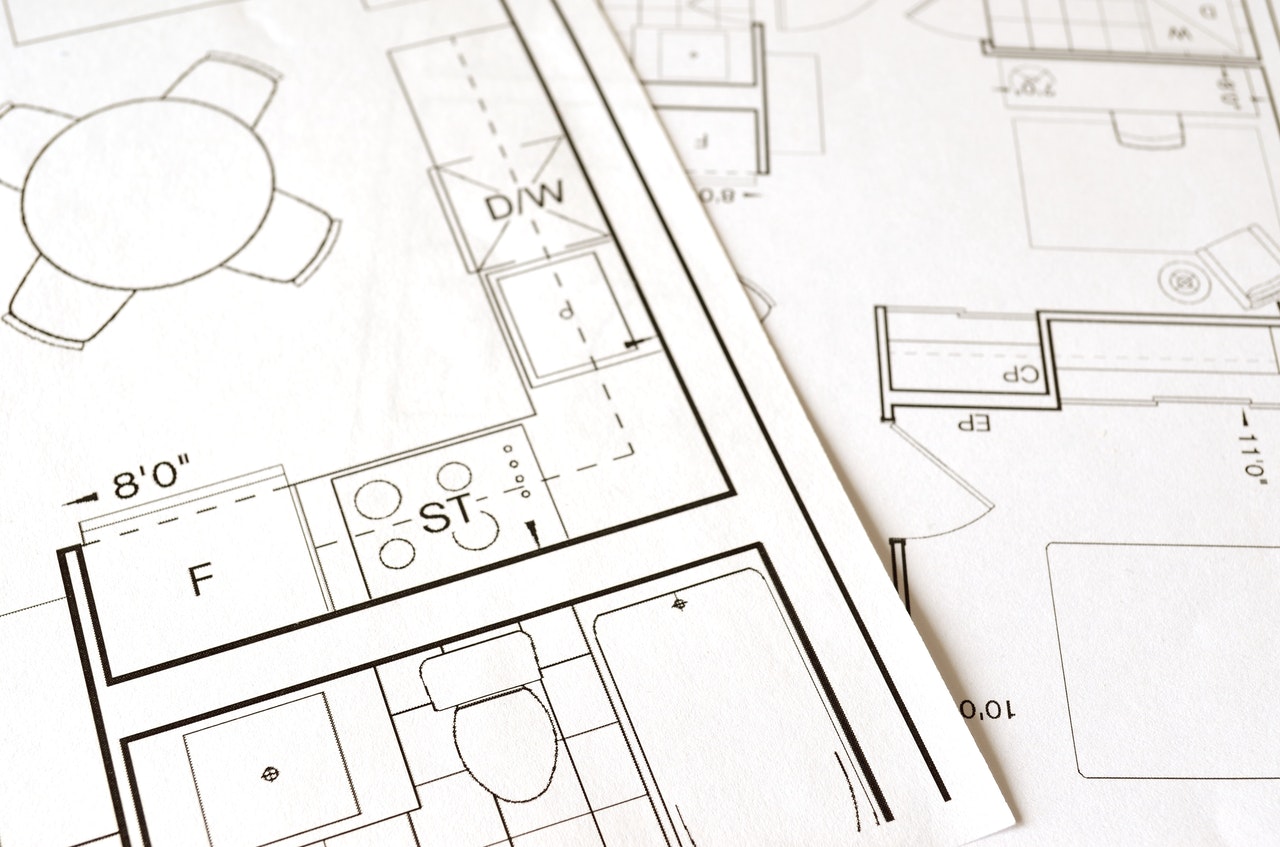
Selecting the appropriate visuals can spell success or failure for any architectural project. If you’re hoping to get your concept off the ground, it’s important that the people working with you are able to share your vision in a literal sense, rather than metaphorical.
Photography vs 3D Rendering— What are the Differences?
Being able to express and showcase your ideas interactively and clearly helps to further explain your vision. Two of the main ways to do this are through photography or with a 3D Rendering.
Below are some of the differences to consider.
Authenticity
If your top priority is getting real photos, you’ll find that photographs have a way of capturing reality in a manner that 3D rendering can’t replicate.
However, while 3D rendering isn’t designed to take snapshots of spaces in the real world, whatever images are rendered by the software can be indistinguishable. Laymen and professionals-alike can have a hard time discerning a 3D rendering from a real photograph.

Time
If you have a rather tight schedule, your best choice is 3D rendering. This technology has been a lifesaver for architects and designers as it accelerates production when compared to the time it takes for a photographer to capture and edit images.
3D renderings can also offer a visual representation at all stages of production. Compared to photography where-in you have wait for the structural elements as well as the interior to be completed.
Flexibility
With 3D rendering, you get to change angles, retouch, and make adjustments to the building you’re rendering at any point. With photography, you have a rather defined and limited scope. If you anticipate changes, a 3D rendering can be customized throughout the process with a seemingly limitless number of options.
Advantages of Photography and 3D Rendering
With all these factors in mind, let’s explore some of the advantages of both options and how they can impact a project.
Photography
Finishing Touches
If you’ve completed the building, professional photography is a great tool that can help to capture the architecture at all of its best angles.

Create Several Looks
You’ll be surprised at how different a building can actually look at various times of the day. For instance a building can look completely different depending on the angle and lighting.
While we noted above that photography can have a defined/limited scope, it does offer flexibility in terms of how you decide to frame the architecture in the best way possible.
Authenticity
While photos that have been rendered can be of the same quality as any professional photograph, there are viewers that trust photographs more than images that have been digitally-created.
3D rendering

Ideal for Marketing and Advertising
Since images can be showcased throughout the process, you will have an easier time communicating your ideas. This also makes it easier to stir interest in your project before it’s even completed.
Revisions are Easier
Perth-based rendering company, Render Vision notes that the technology alows you to easily meet your deadlines due to how fast you can incorporate changes and integrate revisions. If you need to make changes, you can do so easily and can pivot when required.
You’re Not Bottlenecked by Limiting Factors
Construction, lighting, and geography don’t have to act as limiting factors that hinder the production of beautiful images. All that’s required to impress clients and potential customers is the appropriate 3D rendering software and the right vision.
Final Thoughts
Photography has earned its place when it comes to showcasing and highlighting completed projects. However, 3D rendering now extends efficiency, flexibility, and impact to a project.
The limitless ability and scope of the software allows users to incorporate a variety of changes as well as the opportunity to present a finished product at all stages of development.










